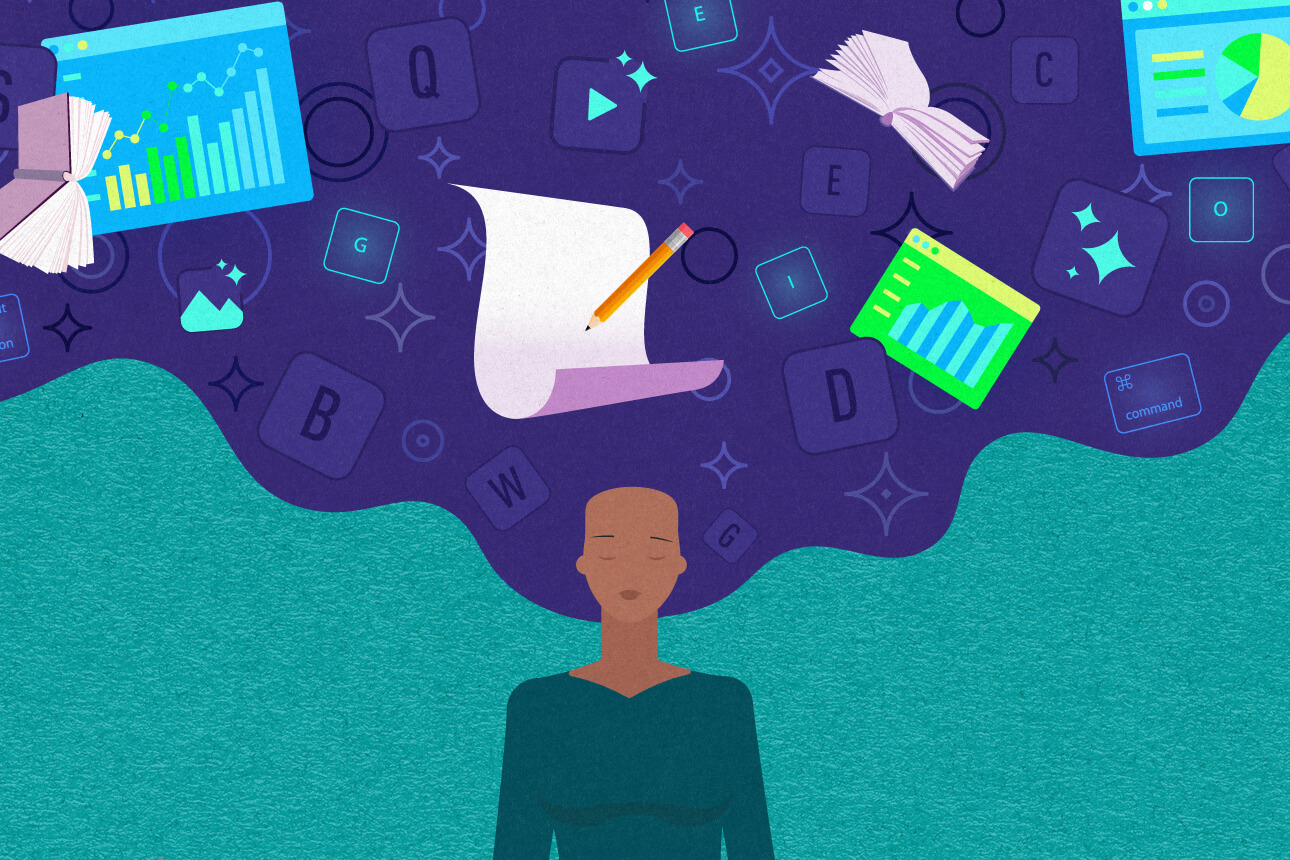What GenAI Tools Can and Can’t Do for Presentations
Mastering strategic storytelling is more critical than ever in the age of AI. Here’s how generative AI tools can support — or undermine — your next presentation.
News
- UAE President Meets Musk to Discuss AI and Cross-Border Collaboration
- UAE Forms National Media Authority to Centralize Media Oversight
- TikTok Strikes US Sale Deal With Oracle, Silver Lake, and UAE’s MGX
- Gartner Pinpoints the Companies Leading the AI Vendor Race
- UAE to Add 1M+ Jobs By 2030, Driven by Tech Sector
- Not All AI Firms Will Pull Through, Says Bill Gates

Carolyn Geason-Beissel/MIT SMR | Getty Images
AS GENERATIVE AI emerges as an easy way to perform computer-generated research, writing, and editing all in one fell swoop, it’s tempting to marvel at how it might improve one of the harder parts of leadership: creating convincing presentations to sell ideas to various constituencies.
We’re entering a new era of communication. A leader’s role is bigger than presenting ideas — it’s translating complexity, inviting trust, and shaping a shared understanding. Audiences expect presenters to be authentic in real time and demonstrate that the talk was built just for them. A great presenter helps people feel something and believe something.
Generative AI tools can reduce the grind. They can help quickly adapt content for different audiences. Early GenAI adopters who used the technology to generate marketing content said they saved over 11 hours a week on editing tasks, such as refining the designs of images, infographics, and other visuals. But using those tools too early in the creative process also risks eroding the very skills that make communication powerful. If we rely too heavily on AI, we may lose the discomfort, intuition, and ability to iterate that sharpen our thinking.
What makes a presentation message resonate isn’t just clarity. It’s connection. And that comes from human skills — not AI outputs.
Three Presentation Skills AI Can’t Emulate
For communicators to stand out in the AI era, they must double down on three capabilities that machines cannot replicate: strategic message design, creative judgment, and empathy.
Expert presenters first need a clear strategic message that invents big future narratives for their audience, whether that’s their own organization, outsiders, or something in between. Without imagination, strategy will be uninspired and stall out. Second, a communicator needs creative judgment and the ability to frame and shape meaning that resonates. This is the difference between craft and AI — the difference between a moment that sparks resonance and just a grammatical, concise statement. Finally, empathy — when the presenter can sense what’s unspoken and adapt in real time — isn’t a nice-to-have. It’s a superpower. It can’t be outsourced to AI — not in a pitch, not in a crisis, and not in a moment that matters.
I call these three competencies the communicator’s advantage. (See “The Communicator’s Advantage: Three Presentation Skills AI Doesn’t Deliver.”) These are skills that leaders can’t afford to lose. Here’s how to develop each one.








